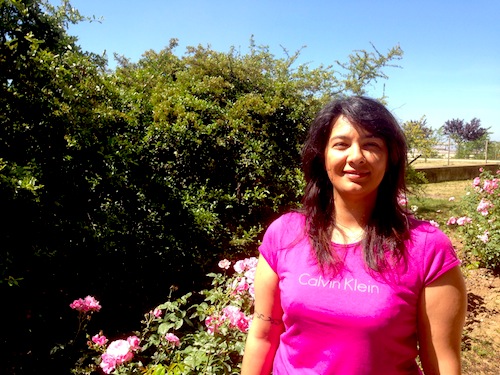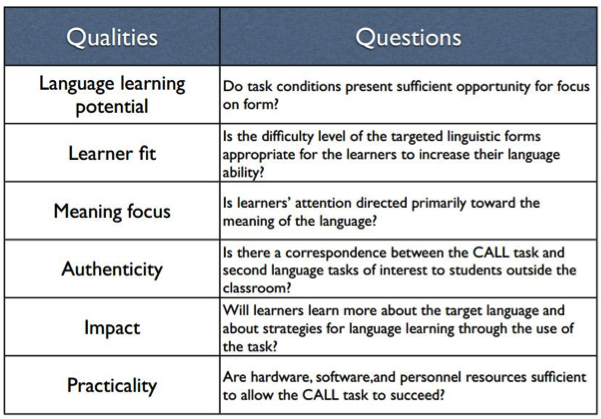 HIGHLIGHTS OF THE 47TH ANNUAL IATEFL CONFERENCE and EXHIBITION by Deniz Ateşok
HIGHLIGHTS OF THE 47TH ANNUAL IATEFL CONFERENCE and EXHIBITION by Deniz Ateşok
The 47th Annual IATEFL Conference and Exhibition was held in Liverpool, UK between 8th – 12th April 2013. My presentation was about Alternative Assessment with Web 2.0 Tools. In my talk, I emphasized the fact that we need to differentiate assessment just like we differentiate our instruction. I shared some Web 2.0 tools to assess students’ listening, speaking, reading, and writing skills and also showed some student samples from my classes. My session was recorded and can be reached by clicking here.
During this fruitful week, I had the opportunity to attend a number of informative talks and was lucky to meet with teachers from all around the world that are part of my PLN (personal learning network). Here are some of the sessions I attended:
• In her session titled Oral correction: reflections from a recovering recaster, Cecilia Lemos shared her experiences of oral correction which were shaped by the Communicative Approach and how she realized the recasting technique was not as effective as she had thought, at least not anymore. The action research she conducted with her learners pointed out that learners do not always notice they are being corrected when teachers recast. This is why she started benefiting from some other techniques, such as clarification request, echoing, hinting, using body language, peer correction, repetition, elicitation, and direct correction. Her researched also revealed that students whom she corrected using the aforementioned techniques performed better than the ones who were only corrected through recasting. As a follow up, Cecilia gave a webinar on May 26th for BELTA (The Belgian English Language Teachers Association) and it can be accessed here.
• Paul Shaw and Katie Quartano believe that ELT is a powerful weapon which can be used to raise social awareness and in their talk titled Lessons in life that matter, they shared some materials they created as part of the Disabled Access Friendly Campaign. These materials can be used especially with young learners and they aim to get students from all levels to think critically about mobility disability issues and initiate positive changes. You can access the materials by clicking here.
• Nik Peachy focused on web-based tools in his talk titled Evaluating web-based tools for language instruction. Having talked about the CALL era, he shared the criteria used to evaluate CALL activities.
 Nik then focused on the post web 2.0 era and shared his evaluation criteria to be used when picking tools to use with learners.
Nik then focused on the post web 2.0 era and shared his evaluation criteria to be used when picking tools to use with learners.
He also shared some of his favorite apps:
Tellagami is a story telling tool. Students can take pictures and record their own voices. It is especially good for shy students.
MailVU can be used to send video e-mails to students. The good thing about this application is that it is quick because a link, rather than the full video message, is sent to the recipients. The video mails can be made private, which is a big advantage.
Blipfoto is a photo journal tool. Learners can be asked to take a picture each day and can publish it in their journals along with a text. They can also friend each other and have access to each other’s journals. This tool provides writing practice and allows the students to interact with each other.
Keek is similar to Blipfoto. Users can keep video journals and follow each other.
Draw.io is an easy to use tool to create info graphics.
Mural.ly is a great tool which can be used to foster collaboration among learners. Students can brainstorm together. Using this tool they can collect any kind of content, i.e. images, text, and sound. It can also be used to create presentations.
• Jonathan Rickard and Elana Boteach Salomon emphasized the importance of using short video clips with teenagers in their session titled Using video in the classroom with teen learners. They also shared the website they created and offered some ideas for pre-, while-, and post-viewing activities. Their presentation and the session handout can be accessed here.
